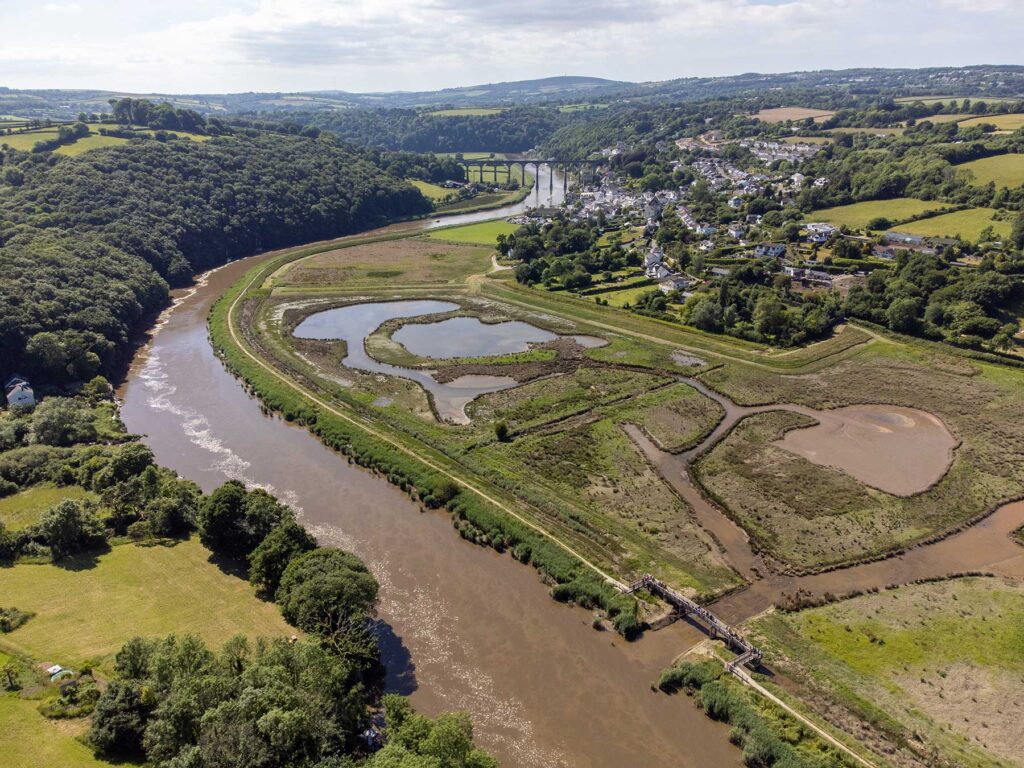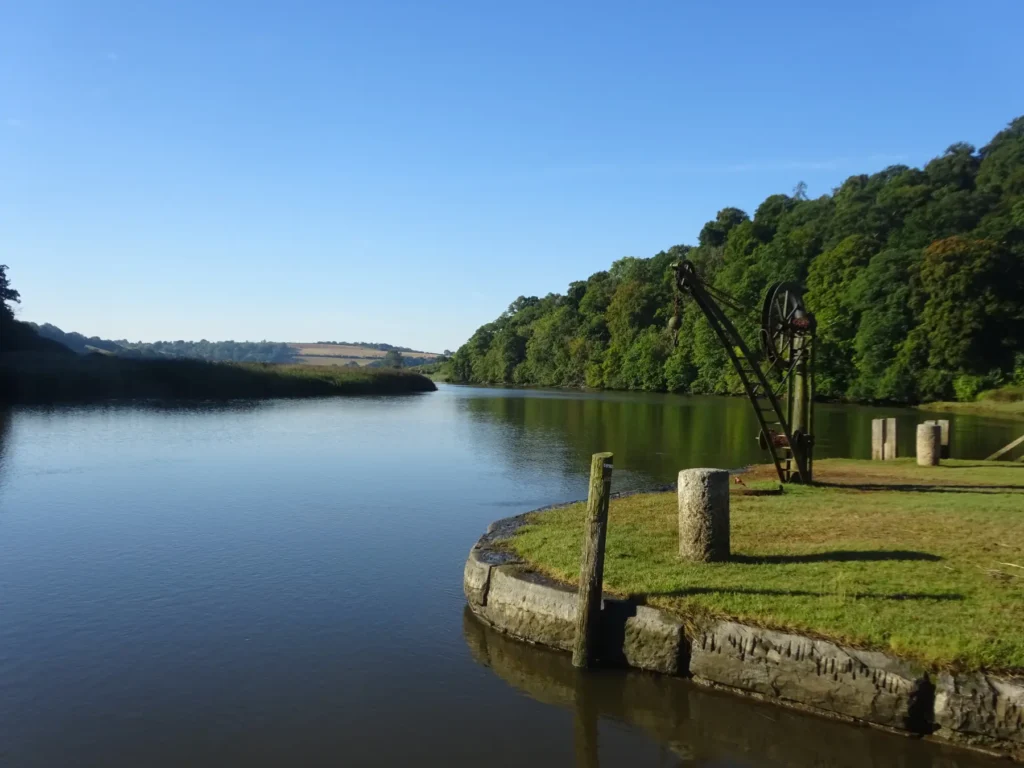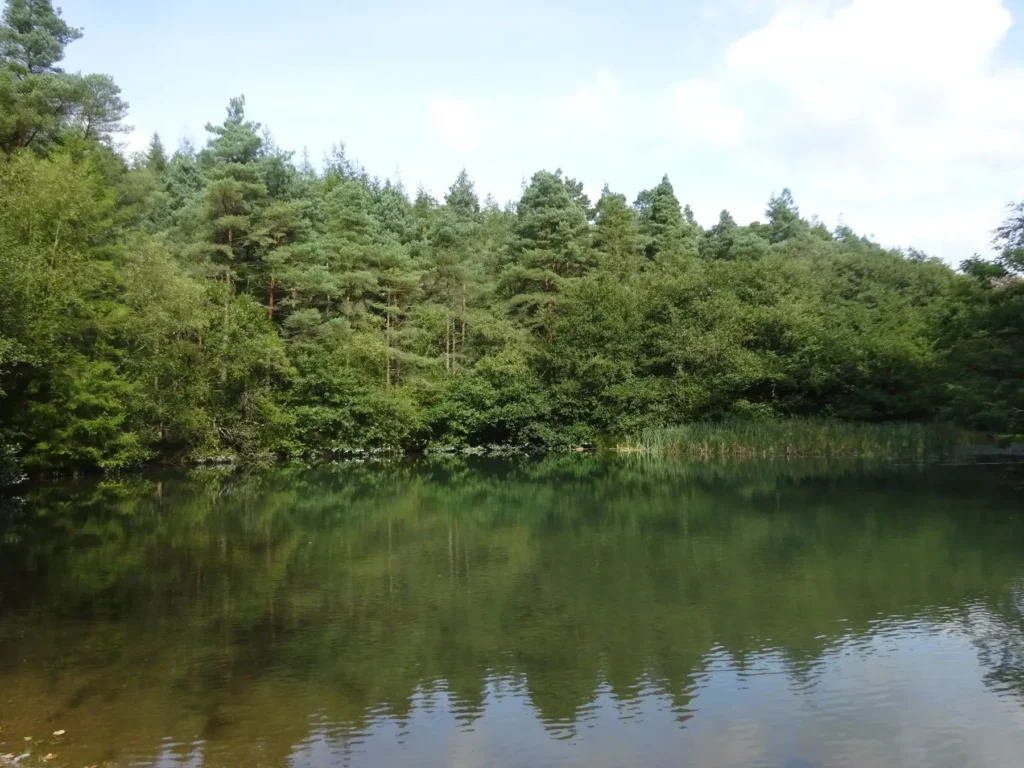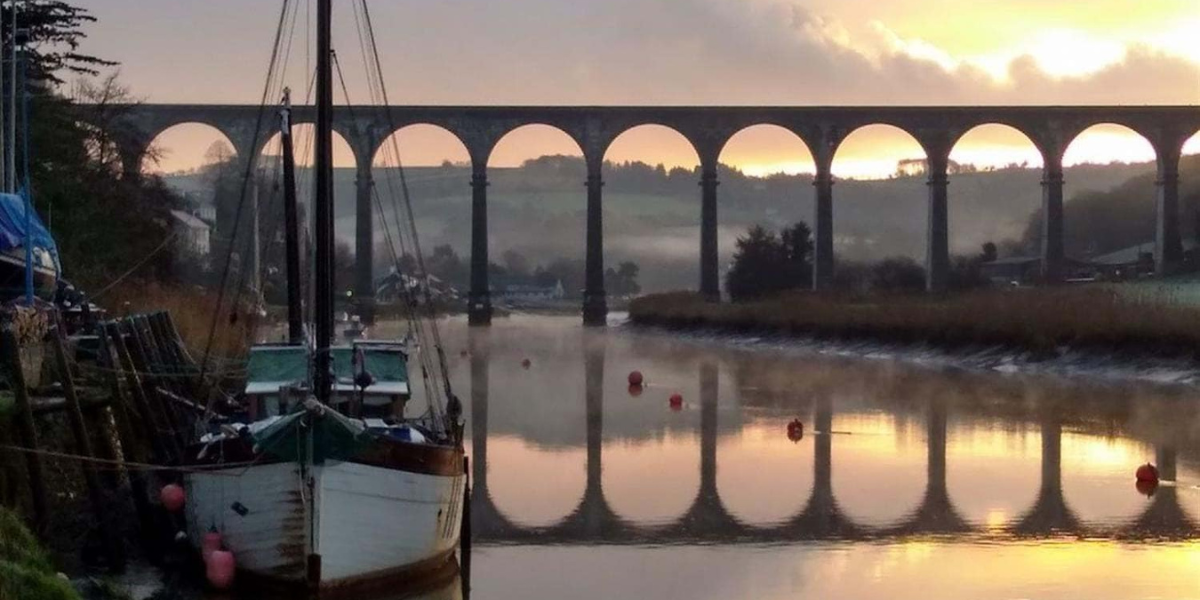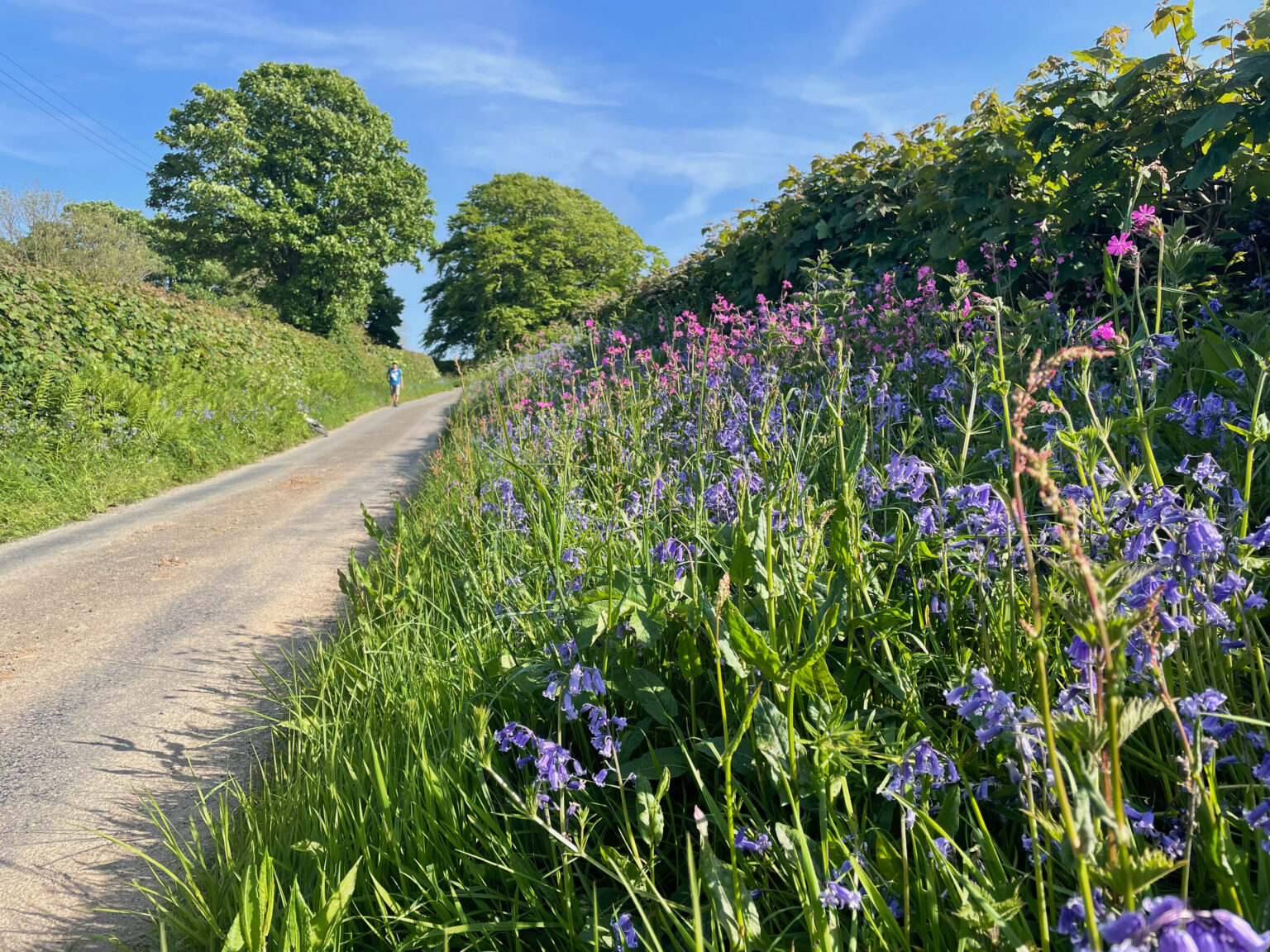Nestled amidst the picturesque landscapes of southwest England, the 61-mile long River Tamar meanders through the enchanting Tamar Valley carrying with it a captivating story of river life, community, industry, and a flourishing ecosystem. Forming a natural border between Devon and Cornwall along most of its length its a lifeline for its people and has been a source of inspiration for centuries.
In this article, we’ll delve into the fascinating significance of the river, explore the industry and agriculture that has thrived along its banks, uncover its present-day charm, discover the river’s source, and dive into the exhilarating world of water sports that it offers. If you’re visiting the area make sure you drop by the Tamar Bridge Visitor and Learning Centre too.
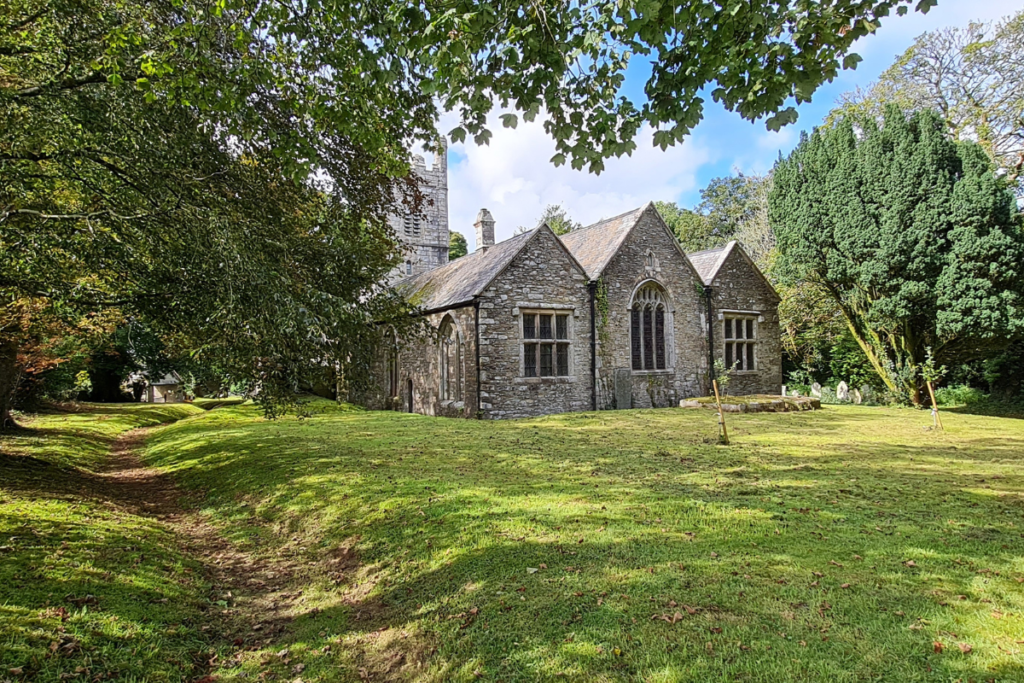
The history of the Tamar Valley:
The Tamar bears witness to many ancient civilisations including Celts, Romans, and medieval settlers. In more recent times industrial and agricultural industries thrived supporting communities up and down the river valley.
Traces of prehistoric settlements and ancient hill forts dot the valley as a testament to times past.
What have the Romans ever done for us?
Did you know that in 2008, a Roman Fort was uncovered near St Andrew’s church in the parish of Calstock? The fort is significant in size and much larger than the two other known forts in Cornwall.
Ghosts of days gone
Take a walk along the shoreline near Weir Quay on the Bere Peninsula, and you’ll come across evidence of industry, long since abandoned. As you wander along you’ll pass old lime kilns and mining ruins. Look carefully and you’ll also spot the ruins of South Tamar Consols too. This old mine was the second most prestigious mine in the area. In its day, it supported a workforce of 150 men in underground workings that extended far beneath the River Tamar. The river has long played a pivotal role in the region’s industry and agriculture. From the 18th century onwards, mining activities for copper, tin, and arsenic flourished, driving the local economy and bringing prosperity to the surrounding communities.
Almost a human disaster, but not quite
Did you know that at 8pm on Sunday 30th August 1856, the Tamar burst into the mine. Water poured in causing a sound as loud as thunder as the expelled air blew off the covers of nearby shafts. In just a few minutes thousands of pounds of damage was done, closing the mine forever. No one died, however. Had the accident occurred on a weekday, more than ninety miners would probably have been killed.
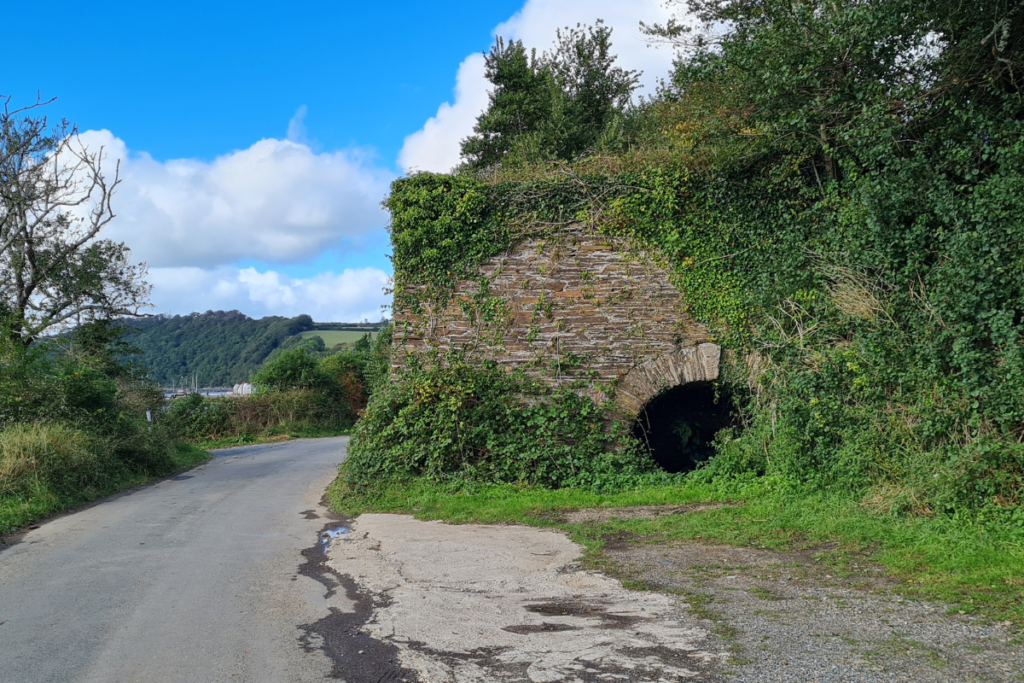
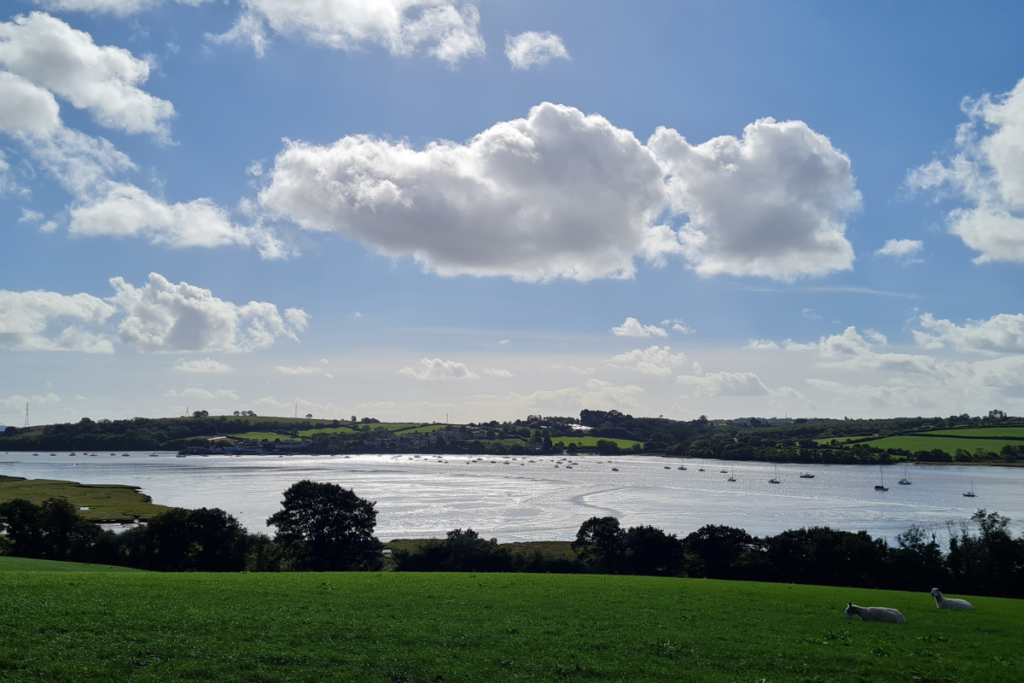
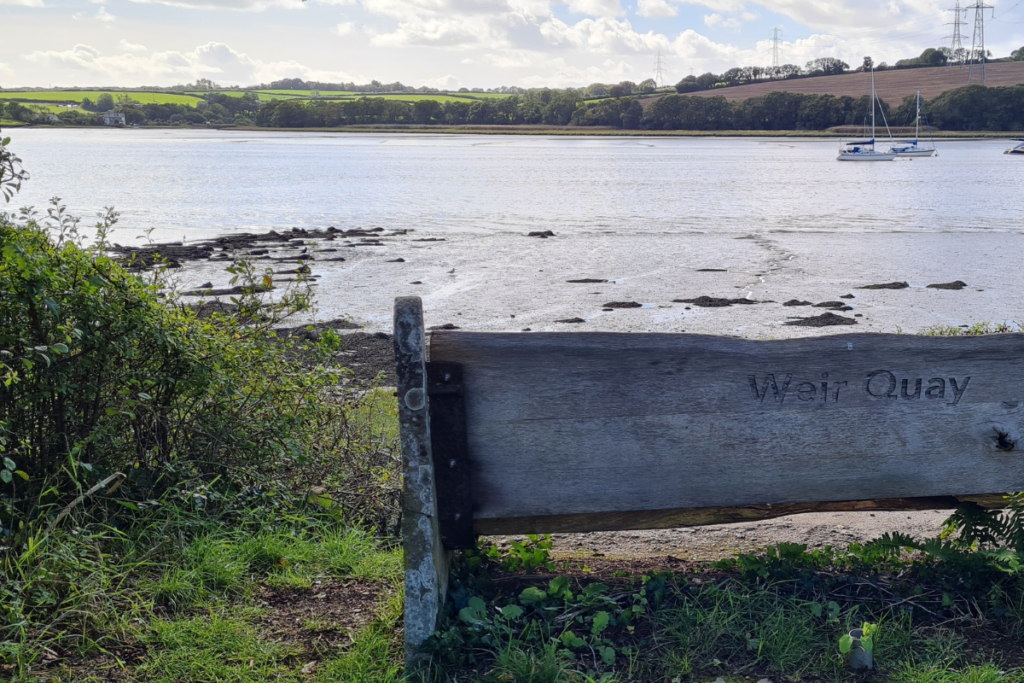
With the river giving it strategic importance on the worldwide stage, the Tamar Valley became a hub of mining, transportation, and trade, leaving behind a legacy that still shapes our region today as well as communities in other parts of the world.
Did you know that Cornish miners left to seek their fortunes across the world. Mines in Australia, South Africa, Mexico and North America were worked by miners from southwest UK? Today in Tasmania you’ll find another Tamar Valley with another Launceston on the banks of another River Tamar.

A river of battles and blood
Going back in time even further, the Tamar River was the site of many bloody battles. In the 1600s New Bridge at Gunnislake was one of just four bridges crossing the river. Built during the first 20 years of the 16th Century by Sir Piers Edgcumbe, Lord of Cotehele it was the last road bridge before the sea and hotly contested as a route between two counties.
Did you know that in 1644, New Bridge was the scene of a bloody battle between Parliamentarian forces and Royalists. Whilst both sides suffered losses, the Royalists were defeated with some 200 men either killed as they were flung from the high parapet into the water below or taken prisoner. Whereas the Parliamentarians fared much better with just 40 casualties.
A vale of plenty
The river also served as a vital transportation route allowing the export of minerals and other goods to distant markets. In addition to mining, the fertile lands alongside the Tamar supported agriculture, with farming and horticulture thriving for centuries. Today, evidence of agriculture can still be found, with ancient flower plantations and orchards enduring as reminders of a bygone era.
Did you know about the Tamar Valley dibber? This is a tool with a narrow blade set a slightly more than a right angle to a short handle. It was specifically designed to make vertical holes on steeply sloping ground.
24 ways to cross th e river and counting...
The river is crossed no fewer than 24 times by bridges large and small including road and rail bridges and a ferry. Brunel’s famous rail bridge is the first and Calstock’s magnificent viaduct is arguably the most iconic.
Did you know that Calstock Viaduct is 120 feet high, 800 feet long and includes 12 arches with a 60 feet span? The viaduct is made of pre-cast concrete blocks fashioned to look like dressed stone using the most up-to-date technology of the early 20th Century. It opened in 1907.
Our river today
Today, the Tamar Valley is a haven of natural beauty and tranquillity. Designated as an Area of Outstanding Natural Beauty, it offers breathtaking landscapes, rolling hills, and abundant wildlife. The Tamar Valley Railway, transformed into a scenic trail, provides an opportunity to explore the area’s hidden gems.
Did you know that the Tamar Valley Line links Plymouth to Gunnislake, meandering past peaceful scenery and sleepy villages. The highlight of the journey has to be Calstock Viaduct. Opened in 1908, it took three years and seven months to build – some twenty-seven months longer than originally anticipated, largely due to an acrimonious relationship between the contractor and engineers. Le plus ca change!
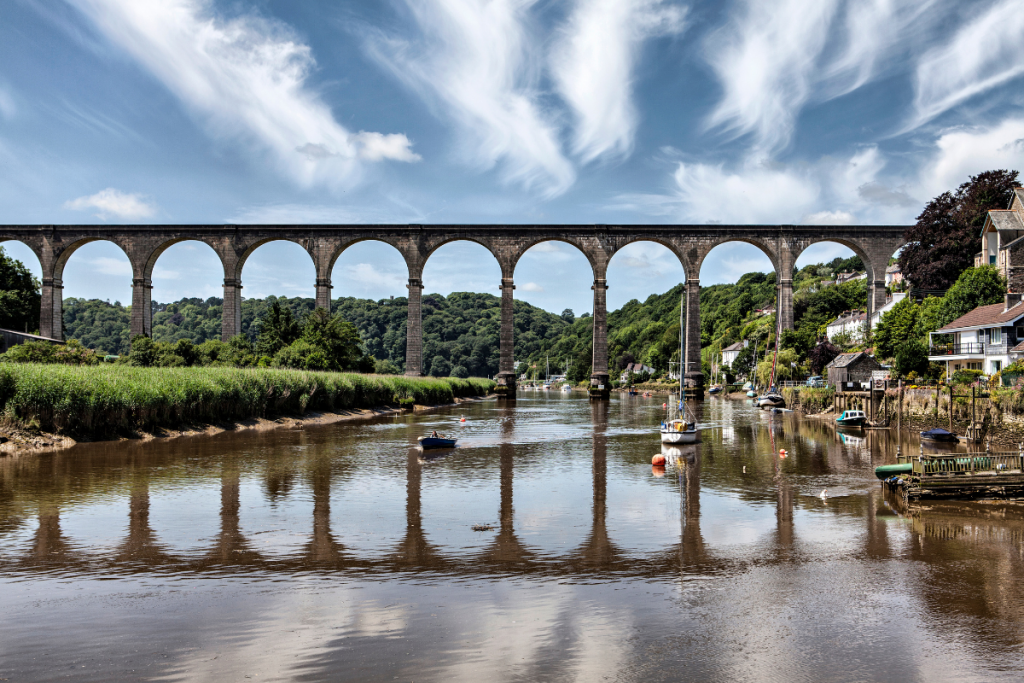
The river itself is a cherished resource, attracting nature enthusiasts, anglers, kayakers, and paddleboarders, as well as hardy wild swimmers. These days, such is the interest in exploring the valley that lots of local businesses have fostered sustainable initiatives, allowing a growing number of visitors a chance to experience the region’s unique charm while preserving its delicate ecosystem.
The source of the river
The Tamar River springs forth on Woolley Moor in north Cornwall. It’s an anonymous place devoid of many landmarks and missed in the blink of an eye. Missed, that is, until this year when the spot was forever marked out by an impressive hunk of granite adorned with a beautiful slate plaque denoting not only the source but also the beauty and diversity of the River Tamar.
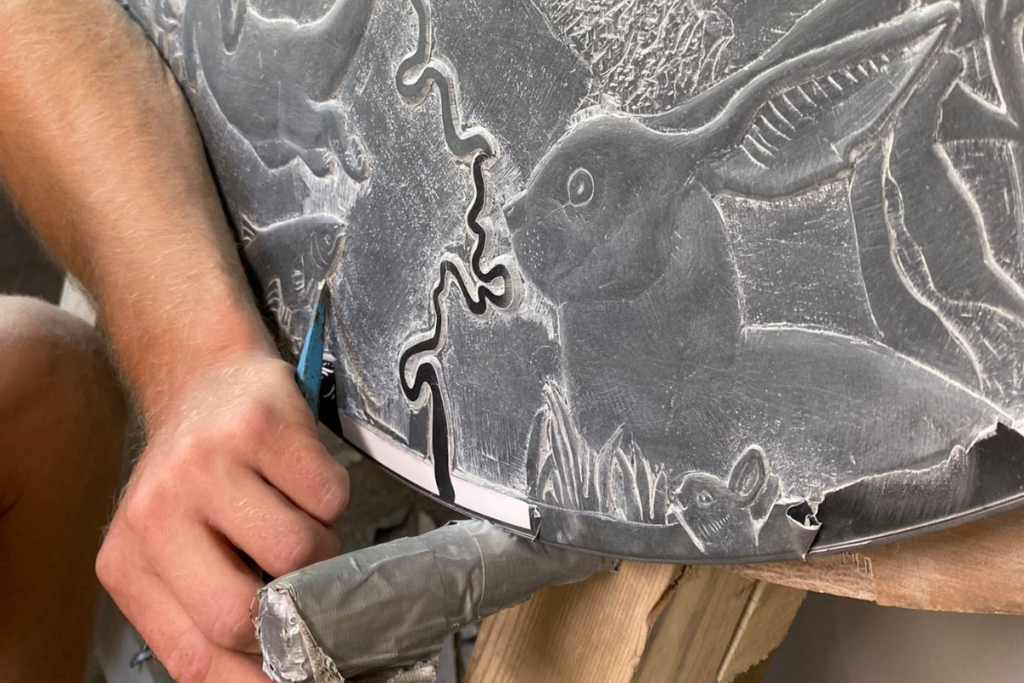
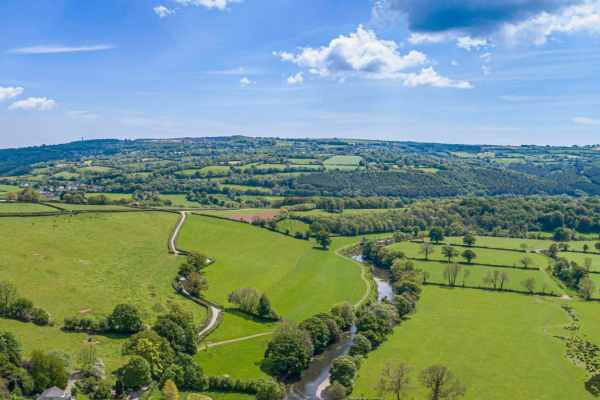

Earlier this year the Tamara Scheme, funded by the National Lottery Heritage Fund, launched a competition to design a marker-stone for the source of the River Tamar. Local artist Esme Lawton’s beautiful design was chosen, and local craftsman Pat from Imagine Stone brought Esme’s design to life.
Did you know that thanks to the Tamara Scheme, the opening of permissive paths and the clearing of ancient footpaths, you can now walk from coast to coast, past the source of the Tamar marker stone, following the glorious 87-mile Tamara Coast to Coast Way?
Water sports for all to enjoy
For water sports enthusiasts, the River Tamar offers a playground for adventure. Kayaking, canoeing, and paddleboarding are popular activities that allow visitors to explore the river’s meandering stretches and soak in its serene surroundings. The Tamar is also home to rowing clubs and sailing schools, attracting people who love to take part in these competitive sports. With its calm waters and stunning backdrop, the river provides an ideal setting for both leisurely exploration and thrilling water-based activities. There are countless spots where people can take a wild dip, and even more spots where the family dog can cool and play.

A tale of three rivers: Cornish Folklore
Once upon a time, deep within a hidden cave beneath the earth’s surface, an extraordinary tale unfolded, involving three remarkable rivers: the Tamar, Tavy, and Taw. In this subterranean world, an earth nymph named Tamara was born to two loving earth spirits, filling their lives with radiant beauty and an exuberant spirit.
However, a subterranean life did not suit free-spirited Tamara and as she grew older, her curiosity led her to venture above ground, where the warmth of the sun beckoned her. Tamara, unlike her family, found joy in exploring the earth’s surface, especially the sprawling moors bathed in vibrant sunlight. These moors were also home to a group of formidable and untamed giants.
Rival brothers Tavy and Tawrage
It was on the moors that two young giant brothers, Tavy and Tawrage, first laid eyes on Tamara. Instantly captivated by her charm, they both yearned to claim her as their own. Tamara, mischievous and playful, delighted in the attention, often teasing the two giants with her elusive presence. One day, Tavy and Tawrage discovered Tamara sleeping under a bramble bush at Morwenstow. Seizing the opportunity, they sat down on either side of her, effectively trapping her between them. Strange as it may seem, Tamara loved the company of these two giants, relishing the games they played together.
Meanwhile, back in the depths of the earth, Tamara’s absence weighed heavily on her parents who longed for the return of her radiant laughter. Determined to find her, they embarked on a search that ultimately led them to their daughter’s side. However, when they realised her affection for two moorland giants, her father was consumed by anger.
Desperate to stop his daughter from marrying one of the giants, he unleashed a curse upon her. In an instant, Tamara transformed into a river, her tears becoming a flowing current that would forever journey toward the sea.
When Tavy discovered Tamara’s transformation, grief consumed him, and he sought solace in his father’s embrace. Understanding the depth of his son’s sorrow, the giant granted him a transformation of his own, turning Tavy into a stream that would forever run alongside Tamara, eternally accompanying her on her winding path.
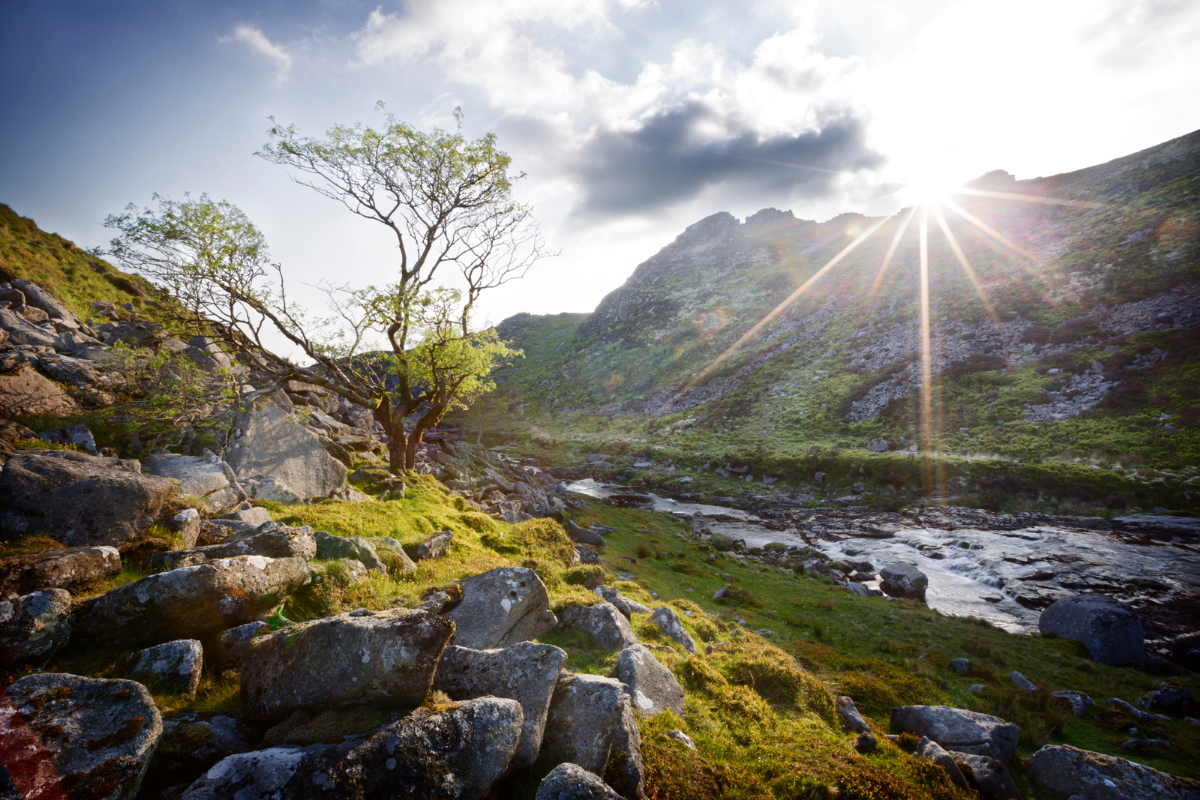
Love unrequited
When Tawrage discovered the fate that had befallen Tamara, he quickly sought the help of an enchanter who lived in the hills of the high moor. Desperate to be reunited with Tamara, Tawrage pleaded for a similar transformation. Granting his request, the enchanter transformed Tawrage into a stream. However, in his haste to catch up with Tamara, Tawrage chose the wrong direction, forever destined to flow away from her.
And so it is that Tawrage, Tavy, and Tamara continue their journey from the moors all the way to the sea, forever remembered as the Rivers Taw, Tavy, and Tamar.
Today, the tale of the three rivers—Tamar, Tavy, and Taw—serves as a reminder of a nymph’s adventurous spirit, two giants’ unrequited love, and a timeless journey flowing across land, and forever etching their names into the landscape as a testament to a fabled connection born beneath the earth’s surface.
